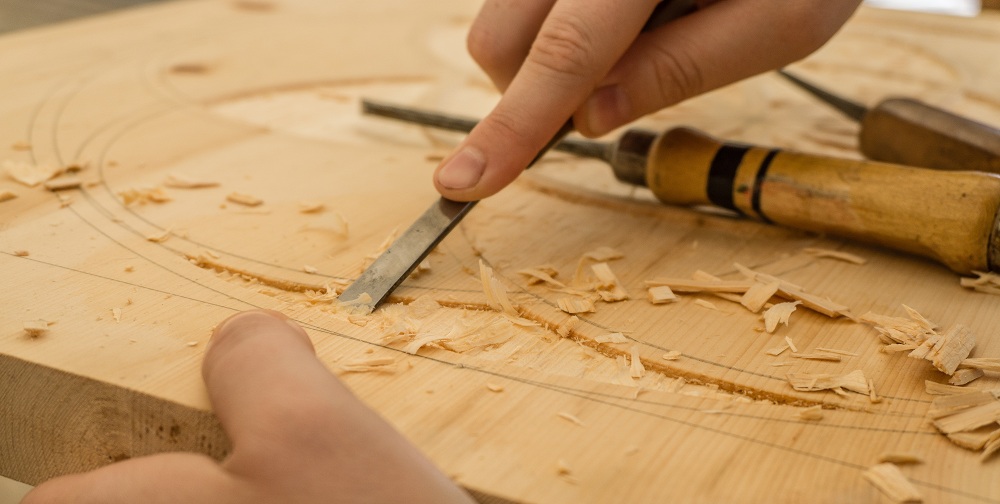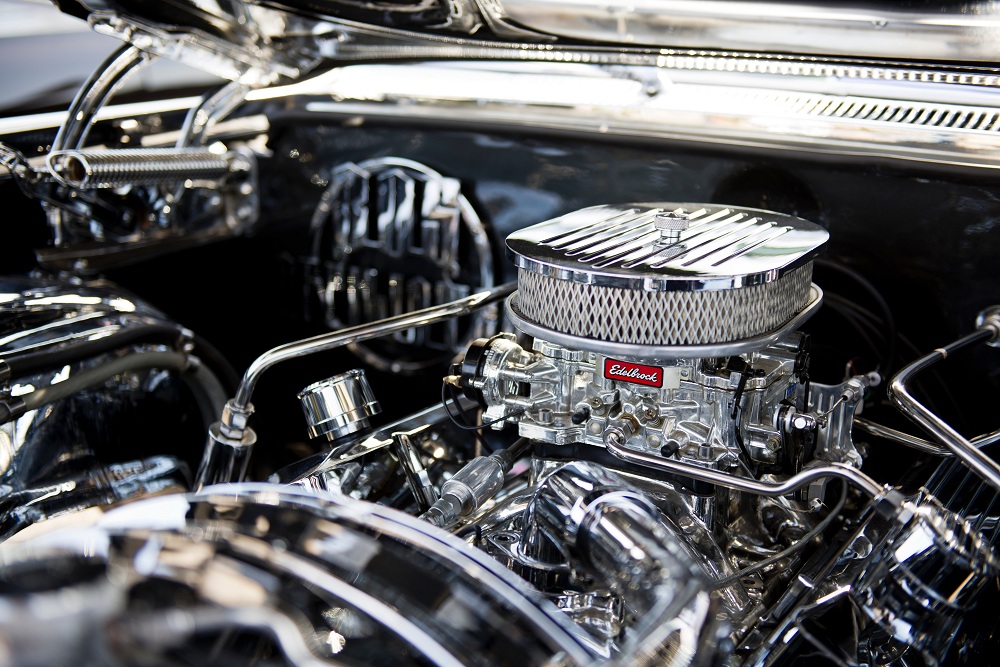Motorcycles are currently among the most popular means of transportation. A few people are, however, still apprehensive about them. This is because they are not so sure about their safety when riding a motorcycle. Riding gear goes a long way in boosting your protection if you are involved in a motorcycle accident. The best choice, nonetheless, when aiming for the highest protection on a motorcycle is keeping it in optimal condition.
This often means choosing the best motorcycle repair shop in Salt Lake City or any other area to handle the repairs and renovations you might need. The suspension system of a motorcycle is its shock absorber. It enables the vehicle to ride smoothly on different roads and guarantees a comfortable and safe journey. Depending on its type, a motorcycle’s suspension system can also enhance its stability and grip when riding in a straight line and around corners.
Here are the common types of suspension systems for motorcycles:
Conventional Telescopic Fork Suspension
This is the leading front suspension system for motorcycles worldwide. The telescopic forks’ assembly includes two fork tubes. These are attached to a motorcycle’s steering system, also called the head bearings through a yoke or triple clamp. The entire assembly of a telescopic fork suspension system has springs on the inside. These springs and the oil lubricating them create one of the most effective shock-absorbing systems.
Upside-Down Telescopic Fork Suspension
This is the modern form of a traditional telescopic fork suspension. The sliders in this suspension are at the top rather than the bottom as in conventional suspensions. This location of the suspension has less un-sprung mass besides a broader and stronger clamping to the yoke compared to that in a traditional telescopic fork. The oil in an upside-down telescopic fork will, however, drain out if there is a leakage and affect your motorcycle’s function. This is unlike in the conventional option that remains functional even when leaking.
Leading and Trailing Link Suspension
The trailing link suspension setup includes one or several links or arms attached between the pivot point and axle. The pivot point, in this instance, is in front of the axle. In a leading link suspension, the wheel is in front of the pivot point and attached using a link.
Girder Suspension
This comprises a pair of upright legs that are linked to triple clamps. These pivot legs are short. They are attached to triple clamps using a spring that is often positioned between the bottom and top triple clamps.
Hub-Mounted Suspension

These are not as commonly used for motorcycles nowadays. They use one or several swing arms that connect to the chassis of your motorcycle’s front wheel. This allows the wheel’s vertical movement. Though it guarantees an exciting riding experience, a hub-mounted suspension is expensive since it comprises a complicated set of links.
Most people will invest in several aftermarket modifications to boost their comfort when riding a motorcycle. Adjustments related to a motorcycle’s suspension system make the biggest difference. Thankfully, with the above information, you will know what to expect from different suspension systems.


